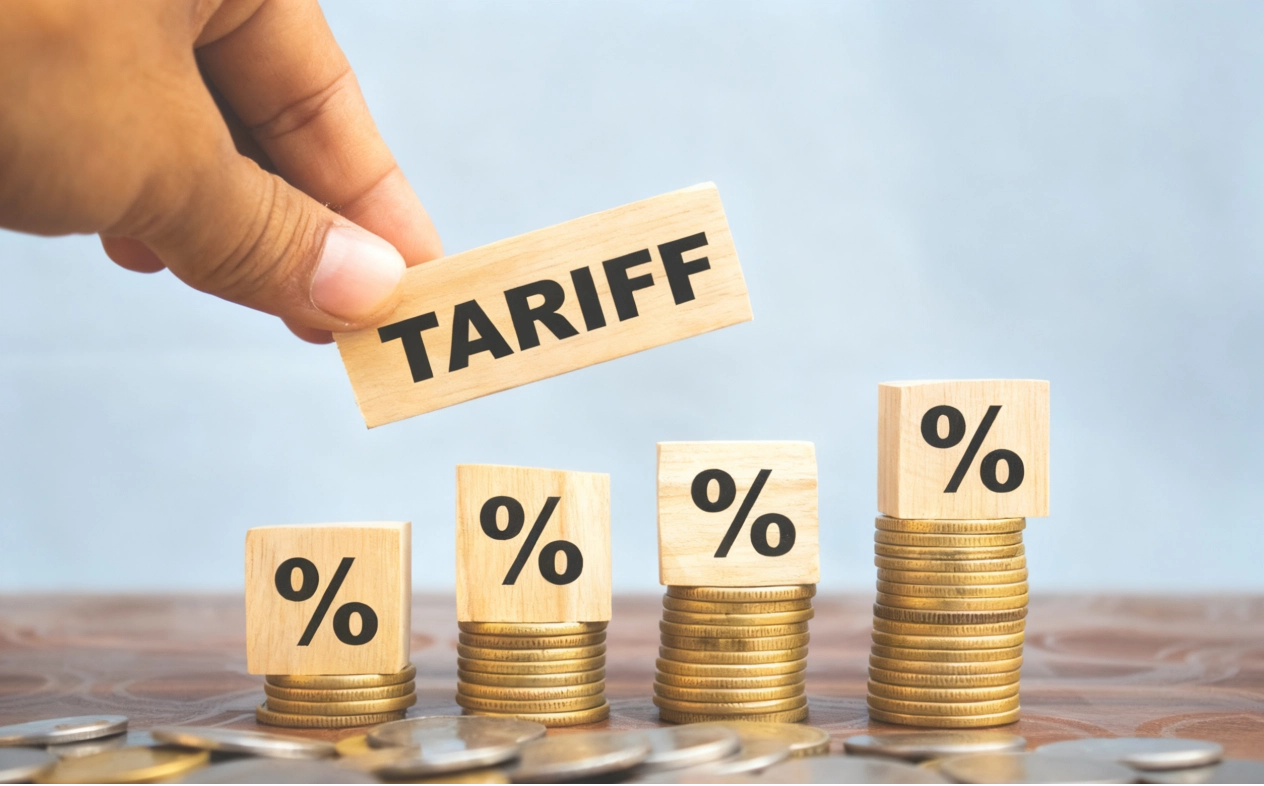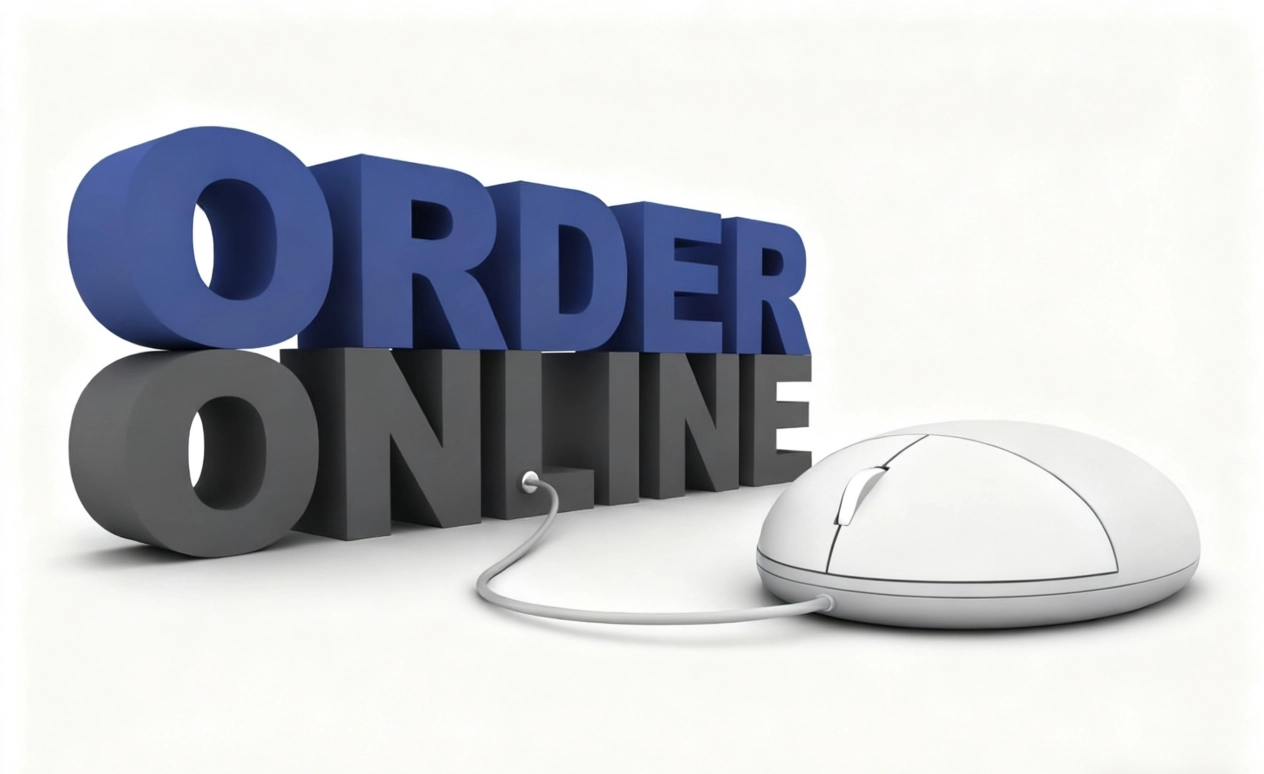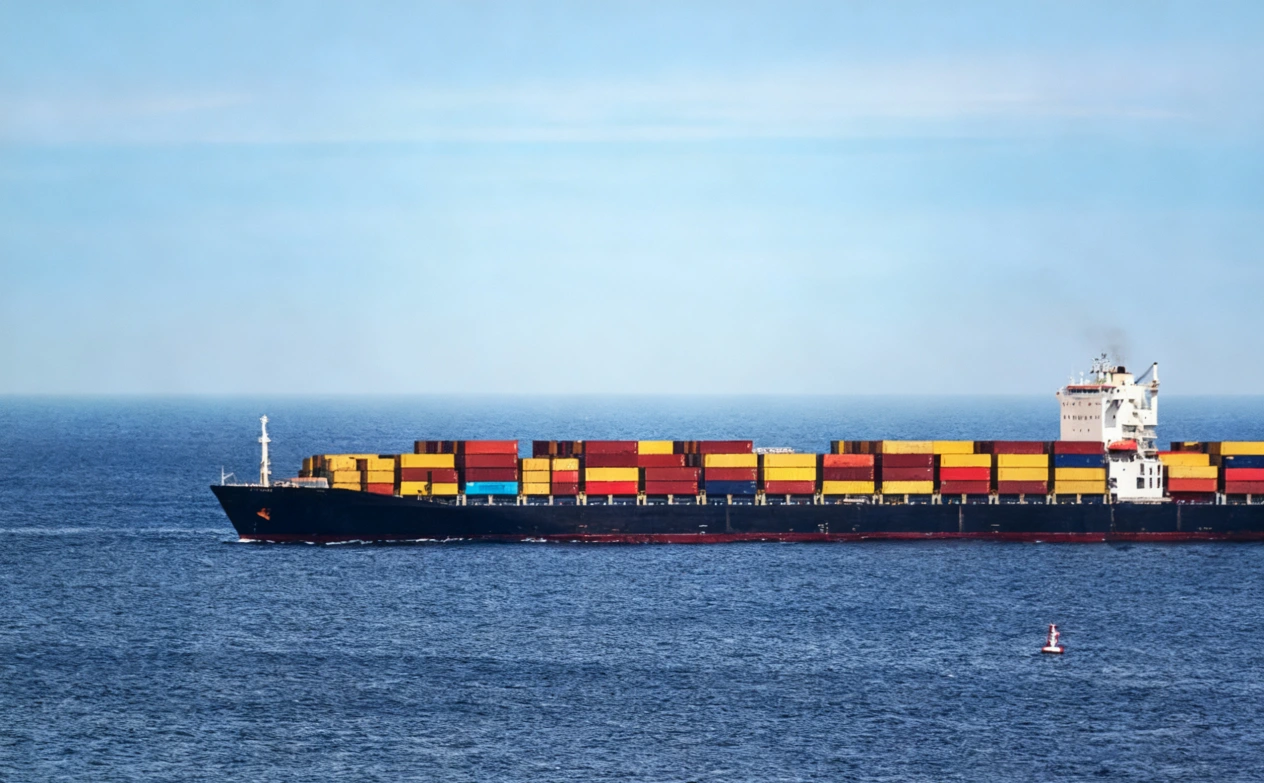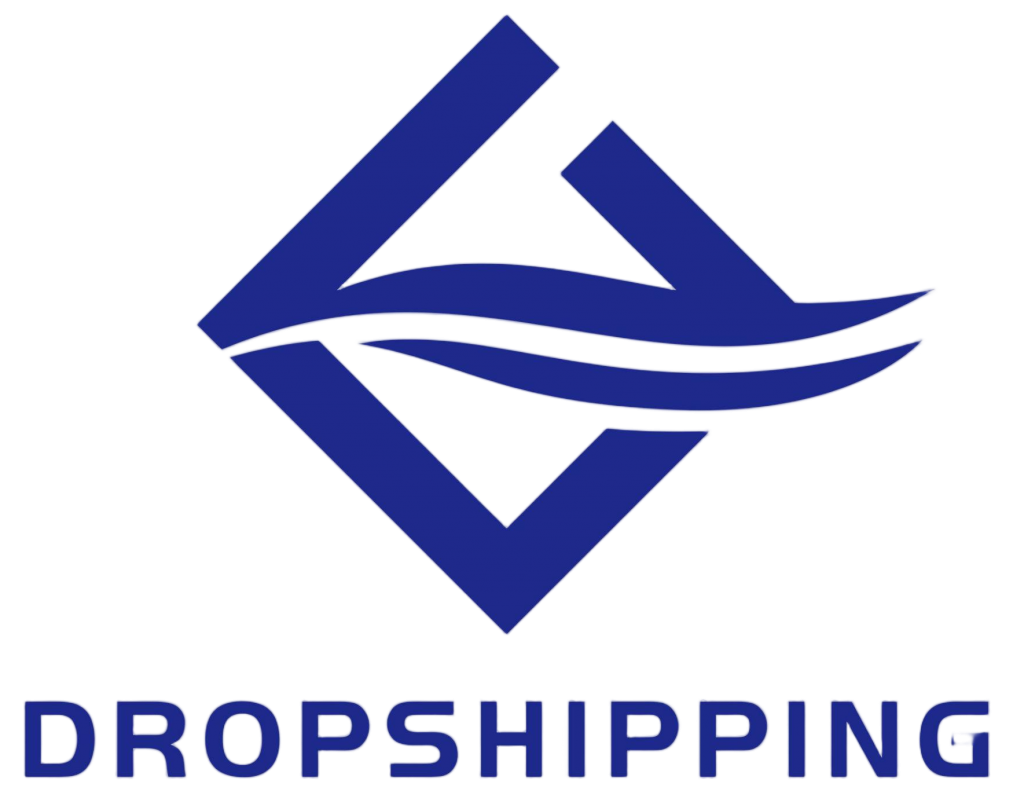The U.S. government’s decision to slap a 100% tariff on goods from China has sent shockwaves through the dropshipping world. Many sellers in the online dropshipping business now face shrinking profits, with some seeing their margins vanish almost overnight. If you’re running a dropshipping service or just starting to start dropshipping, this change hits hard. Costs for imported items could double, making it tough to stay competitive without raising prices or cutting corners.
But this isn’t the end. It’s a chance to rethink how you operate. In this guide, we’ll walk through five key strategies to help your dropshipping business survive and even grow in 2025. And we’ll cover everything from finding new suppliers to streamlining your operations. Whether you’re hunting for the best dropshipping suppliers or figuring out dropshipping meaning for beginners, sticking around could save your bottom line. And if you’re exploring AI dropshipping tools to automate parts of this, we’ll touch on that too.

Rethink and Diversify Your Product Sourcing Strategy
Sourcing products solely from China used to be the go-to for many in the online dropshipping business. With tariffs now at 100%, that model risks eating away at profits. Diversifying where you get your goods isn’t just smart—it’s essential. This section breaks down how to spread out your sources and why it matters for long-term success.
The Power of Multi-Country Sourcing
Imagine relying on one country for all your inventory, only to see costs skyrocket. That’s the reality for dropshipping companies tied to Chinese suppliers. Multi-country sourcing means pulling products from places like Vietnam, India, or Mexico. These spots often have lower tariffs or none at all for U.S. imports.
For instance, Vietnam’s exports to the U.S. grew by 25% last year, according to trade data. Why? Their labor costs sit around $3 per hour, compared to China’s rising $6. This shift can cut your landed costs by 15-20%. Plus, it spreads risk—if one region faces issues, others pick up the slack.
But it’s not just about cost. Quality varies, so vet suppliers carefully. Look for those with certifications like ISO 9001. In niches like electronics or apparel, good dropshipping products from diverse sources can include custom phone cases from India or eco-friendly bags from Mexico. This approach helps you start dropshipping with a buffer against price hikes.
Transitioning to this isn’t instant. It takes research and testing. That’s where smart dropshipping services come in, easing the jump without massive upfront work.
How LZ Dropshipping Product Sourcing Eases the Transition
Finding reliable suppliers across borders can feel overwhelming, especially if you’re new to the dropshipping meaning or scaling an existing setup. LZ Dropshipping’s product sourcing service steps in here, connecting you to a global network of vetted partners. They handle the legwork, from identifying compliant suppliers to negotiating deals, so you avoid common pitfalls like poor quality or delays.
With access to over 10,000 suppliers worldwide, they focus on high-demand items that fit your niche. Say you’re in fitness gear— they might source yoga mats from Thailand at 18% lower cost than Chinese equivalents, post-tariff. This reduces trial-and-error expenses, which can eat up 10-15% of your budget otherwise. Their team checks for tariff compliance too, ensuring smooth customs clearance.
Users report cutting sourcing time by half. If you’re among the best dropshipping suppliers seekers, this service makes diversification practical. It ties into AI dropshipping trends by using data tools to match products to market needs quickly.

Automate Your Business to Protect Profit Margins
When tariffs push up product costs, every dollar saved inside your operation counts. Automation isn’t a luxury anymore; it’s a shield for your profits in the dropshipping service landscape. Let’s explore why cutting internal costs matters and how specific tools make it happen.
Cutting Operational Costs is the New Norm
Tariffs might add $5-10 per unit on Chinese imports, based on recent estimates. You can’t always pass that to customers without losing sales. So, turn inward. Manual tasks like order entry or inventory checks drain time—up to 20 hours a week for small teams.
Dropshipping companies that automate see margins hold steady. For example, handling customer queries manually might cost $2 per interaction, but AI drops it to cents. In an online dropshipping business, this adds up fast, especially during peaks like holidays. Focus on areas like order processing and support. Good dropshipping products won’t sell if operations bog you down. Automation frees you to chase growth instead.
Leveraging Auto-Fulfillment and One-Click Ordering
Picture placing orders with a single click, no spreadsheets or emails needed. LZ Dropshipping’s auto-fulfillment and one-click ordering do just that. They sync your store directly with suppliers, processing orders in seconds.
This cuts errors by 30%, from wrong addresses to stock mix-ups. Time saved. Sellers report 15-20 hours weekly, redirecting that to marketing or finding the best dropshipping suppliers. In a tariff-hit market, this offsets rising costs—say, turning a 5% margin squeeze into a break-even. For those starting to start dropshipping, it’s beginner-friendly.

Shift to Higher Value Custom Branded Products
Generic items face brutal price wars, especially with tariffs inflating costs. Branded products, though, build loyalty and command higher prices. This strategy moves you from competing on pennies to value.
Moving Beyond Price-Based Competition
With tariffs, a $10 Chinese widget might cost $20 landed. Customers shop around, killing sales. Branded versions add perceived value—think custom logos or unique designs. These can sell for $25-30, maintaining margins.
Data shows branded dropshipping services see 40% higher repeat buys. In niches like beauty or tech accessories, good dropshipping products with branding stand out. Avoid commodity traps; focus on stories that resonate.
This shift requires planning, but it pays off in resilience.
Making Custom Branding Accessible and Scalable
Custom branding used to mean big minimum orders. Not anymore. LZ Dropshipping’s custom branding service lets you add logos, packaging, or thank-you cards without huge upfronts.
Start small—like, 50 units—and scale as sales grow. For costs, around $1-2 extra per item, but it boosts perceived value by 20%. For online dropshipping business owners, this means standing out on marketplaces.
Optimize Your Fulfillment and Shipping Model
Fulfillment glitches amplify tariff pains, like delayed shipments adding fees. Optimizing here keeps customers happy and costs down. We’ll look at niche methods and integrated fixes.

Exploring POD and COD for Specific Niches
Print-on-demand (POD) and cash-on-delivery (COD) shine in uncertain times. POD means no stock—print only when sold. This dodges tariff guesses; if duties hit, you adjust designs without inventory loss.
In markets like India or Southeast Asia, COD boosts conversions by 25%, as buyers pay on arrival. For dropshipping meaning seekers, it’s low-risk entry. Good dropshipping products for POD include tees or mugs, customizable to niches.
Integrated Solutions for a Smoother Operation
Combining these with broader tools creates seamless flow. LZ Dropshipping’s POD and COD services integrate with auto-fulfillment, handling everything from print to ship. This cuts shipping times by 2-3 days, per user feedback. In a global setup, it optimizes routes, saving 10-15% on logistics. For dropshipping companies, it’s a full-package win.
Conduct a Thorough Profitability Audit Now
Don’t guess which products survive tariffs. Audit them with data. This final strategy ensures you’re not bleeding money unknowingly.
- Identifying Which Products Are Still Worth Selling: List all items, calculate new costs with 100% tariffs. A $15 import becomes $30—can it sell at $45 profitably? Use tools to track sales velocity. Drop items with under 10% margins. Focus on winners; perhaps 20% of products drive 80% revenue, per Pareto rule.
- Using Data to Make Smarter Sourcing Decisions: Gather sales data, customer feedback. Spot trends—like eco-products rising 15% yearly. AI dropshipping analytics help predict shifts. LZ Dropshipping offers real-time reports, guiding sourcing to profitable paths. Audit quarterly; adjust fast.
Conclusion
Facing the 100% U.S. tariff on China, dropshipping businesses must adapt or fade. By rethinking sourcing, automating operations, embracing branding, optimizing fulfillment, and auditing profits, you turn challenges into growth. These steps build resilience in the dropshipping service world, especially for those just learning the dropshipping meaning or aiming to start dropshipping with a solid foundation.
Don’t let tariffs erode your hard work. Choose LZ Dropshipping , a leader among dropshipping companies with 22 years of experience. We’ve navigated market shifts, prioritizing stable chains and precise fulfillment. With seven global warehouses in Europe, UK, USA, and China, we ensure fast shipping and trust. Contact us today at lzdropshipping@qq.com. Our suite of tools, from product sourcing to auto-fulfillment, can strengthen your business. Let’s build a stronger online dropshipping business together!







